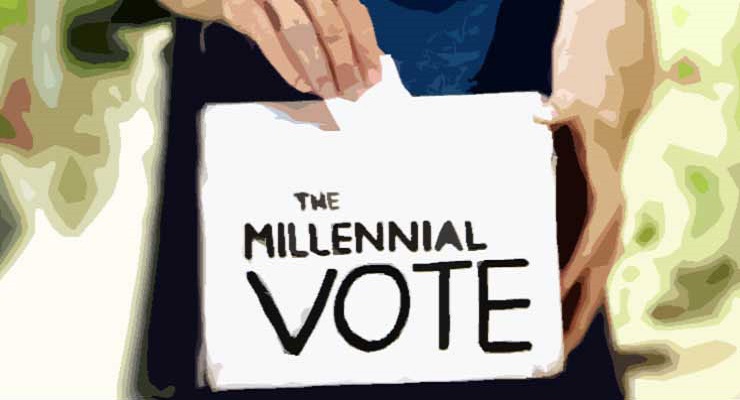 The right to vote was granted to 18- to 20-year-olds fifty years ago. A new teaching resource incorporates primary materials to assist students in learning about the history and significance of this significant expansion of voting rights. This article published by The New York Times is written by Jennifer Frost. Here is an excerpt:
The right to vote was granted to 18- to 20-year-olds fifty years ago. A new teaching resource incorporates primary materials to assist students in learning about the history and significance of this significant expansion of voting rights. This article published by The New York Times is written by Jennifer Frost. Here is an excerpt:
The 26th Amendment was ratified fifty years ago, on July 1, 1971. It lowered the voting age to 18 from 21 and prohibited the denial or infringement of the right to vote “on account of age.” The amendment allowed millions of young Americans to vote, and is the last time the United States significantly expanded voting rights.
To examine and celebrate the 26th Amendment in the classroom, here are some lesson ideas and activities using archival and current articles and Opinion pieces from The New York Times.
Changing public opinion
A constitutional amendment to allow voting at age 18 was first introduced in Congress in 1942. In the 1940s and 1950s, a few key figures and organizations pushed for youth voting rights nationally and locally, and a few states and territories lowered their voting ages. Then, in the 1960s, the number of supporters expanded, with a majority of states and territories considering youth enfranchisement. These campaigns culminated in the emergence of a youth franchise movement in 1969-71.
Read the full article here.
Leave a Reply